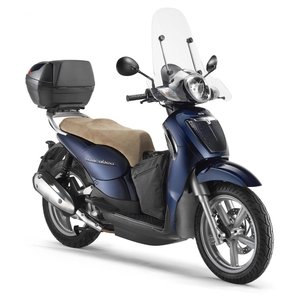Aprilia Scarabeo 200 (2008 – 2013) Review: The Timeless Urban Companion
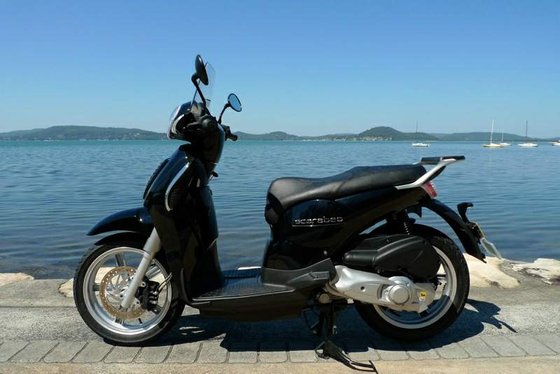
Introduction
The Aprilia Scarabeo 200 stands as a testament to the Italian brand’s knack for blending classic aesthetics with modern practicality. Produced from 2008 to 2013, this scooter generation carved out a loyal following among riders who value style, reliability, and urban agility. With its signature large wheels, clean lines, and peppy engine, the Scarabeo 200 isn’t just a scooter—it’s a statement. Having spent time with this machine, I can confidently say it’s one of the most charming two-wheelers ever to navigate city streets. Let’s dive into what makes this model generation special.
Design & Aesthetics
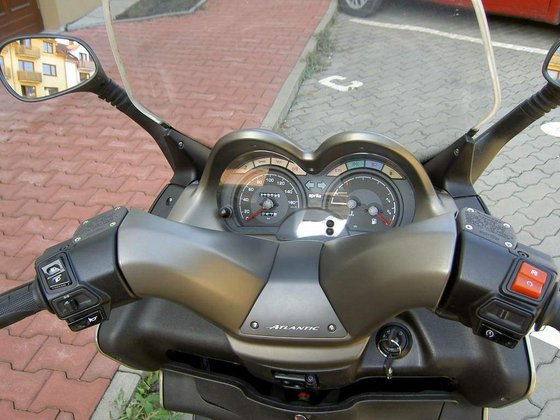
Aprilia’s Scarabeo line has always been a design benchmark, and the 200 stays true to its legacy. The scooter’s silhouette is a masterclass in balancing retro charm with contemporary minimalism. The rounded headlight, chrome accents, and slender bodywork evoke Vespa-like nostalgia, while the 16-inch wheels and angular tail section add a modern edge.
The Scarabeo 200 feels premium up close. Fit-and-finish details like the brushed metal footboard trim, glossy paint options (including bold shades like Shine Red and Couture Blue), and a sculpted seat scream Italian craftsmanship. At 154 kg (339 lbs), it’s lightweight enough to flick through traffic yet substantial enough to feel planted. The 810 mm (31.9-inch) seat height accommodates most riders, and the flat floorboard offers practical storage for bags or groceries.
Engine & Performance
The Heart of the Matter
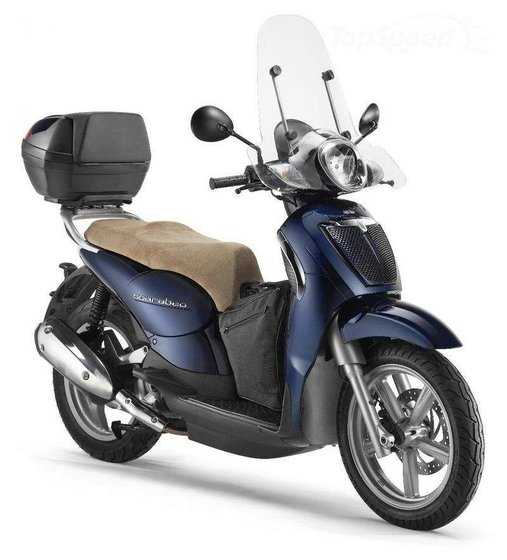
Powering the Scarabeo 200 is a liquid-cooled, 181 cc single-cylinder engine with DOHC and a 4-valve head—a rarity in its class. The numbers tell part of the story: 19 HP at 8,250 RPM and 17 Nm (12.5 lb-ft) of torque at 7,500 RPM. But the real magic lies in how this engine behaves.
Twist the throttle, and the CVT transmission delivers smooth, linear acceleration. It’s no rocket, but the Scarabeo 200 hits 0-50 km/h (0-31 mph) in a respectable 5.5 seconds, topping out around 110 km/h (68 mph). The engine thrives in urban settings, where its mid-range punch (peaking at 7,500 RPM) makes light work of stoplights and merging traffic. On highways, it holds its own at 90 km/h (56 mph), though vibrations creep in past 100 km/h (62 mph).
Fuel efficiency is a strong suit. Expect 30-35 km/l (70-82 mpg) in mixed riding, thanks to Aprilia’s lean-burn tuning. The 8.1-liter (2.1-gallon) tank grants a 250+ km (155+ mile) range, with a 2-liter reserve for peace of mind.
Handling & Comfort
City Slicker, Country Cruiser
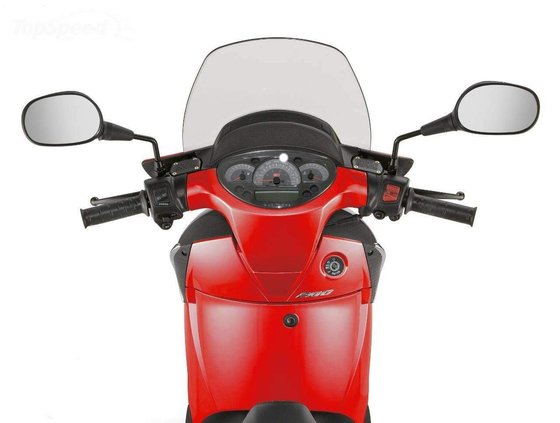
The Scarabeo 200’s chassis is where practicality meets poise. The large 16-inch wheels—a Scarabeo trademark—soak up potholes better than smaller scooters, while the 35 mm hydraulic front fork and dual rear shocks (adjustable for preload) strike a balance between comfort and agility.
In tight corners, the Scarabeo feels surprisingly sporty. The wide handlebars offer leverage for quick direction changes, and the 1390 mm (54.8-inch) wheelbase ensures stability. Braking is confident, with a 260 mm front disc (3-piston caliper) and 220 mm rear disc (2-piston caliper) linked via Aprilia’s integrated system. ABS wasn’t available, but the setup provides ample stopping power for dry conditions.
The seat deserves praise. Its wide, cushioned design cradles riders on longer commutes, and the upright riding position minimizes fatigue. Wind protection is minimal, though—a taller windscreen from MOTOPARTS.store’s catalog would benefit highway riders.
Technology & Features
Simple, Smart, Effective
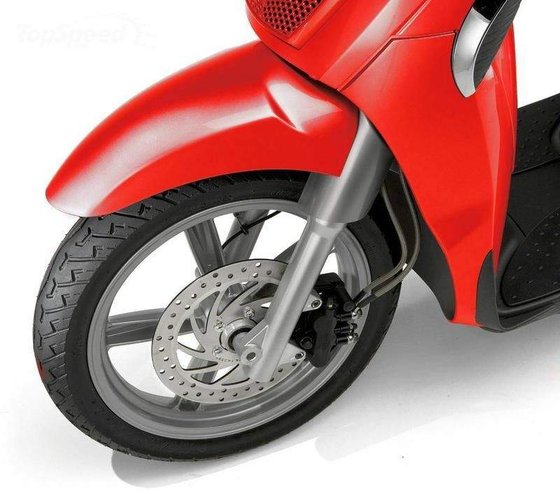
The Scarabeo 200 keeps tech straightforward but effective. Later models (2011–2013) swapped carburetors for Keihin EFI, improving cold starts and fuel consistency. The analog-digital dash combines a speedometer, odometer, and fuel gauge, while LED lighting (brake light and turn signals) adds a modern touch.
Storage is a highlight. The under-seat compartment fits a full-face helmet, and the lockable glovebox includes a 12V socket—perfect for charging devices. Want more cargo space? Aprilia offered optional rear racks and top cases, many of which are still available as aftermarket upgrades.
Competition
How Does the Scarabeo 200 Stack Up?
In the 200cc scooter segment, the Scarabeo 200 faced stiff rivals:
- Vespa LX 150
- Pros: Iconic design, steel unibody frame.
- Cons: Smaller engine (150cc), harder suspension.
-
Scarabeo Edge: More power, better value for features.
-
Honda SH150i
- Pros: Legendary reliability, 16-inch wheels.
- Cons: Bland styling, higher seat (800 mm vs. 810 mm).
-
Scarabeo Edge: Superior aesthetics, torquier engine.
-
Yamaha Majesty 125
- Pros: Plush seating, massive storage.
- Cons: Heavier (168 kg), less agile.
- Scarabeo Edge: Livelier performance, Euro flair.
The Scarabeo 200’s blend of style, performance, and practicality made it a standout—especially for riders prioritizing personality over outright utility.
Maintenance
Keeping Your Scarabeo 200 in Prime Shape
Owners praise the Scarabeo 200 for its durability, but proactive care ensures longevity:
- Oil Changes
-
Use 10W-40 synthetic oil every 5,000 km (3,100 miles). The liquid-cooled engine runs hot; quality oil prevents sludge buildup.
-
Belt & Rollers
-
Replace the CVT belt every 15,000 km (9,300 miles). Upgrading to a reinforced belt (available at MOTOPARTS.store) sharpens acceleration.
-
Brakes
-
Check pad thickness annually. Swap in sintered pads for improved bite, especially if riding in hilly areas.
-
Suspension
-
Lubricate the rear shock linkages every 10,000 km (6,200 miles) to prevent squeaks.
-
Tires
- The 110/80-16 front and 120/80-16 rear tires wear evenly if pressures are maintained (29 PSI front, 33 PSI rear).
Pro Tip: Clean the fuel injector (2011–2013 models) with a specialized additive every 3,000 km (1,860 miles) to prevent clogging.
Conclusion
The Aprilia Scarabeo 200 isn’t just a scooter—it’s a lifestyle choice. It rewards riders with timeless design, eager performance, and a ride quality that shames bulkier maxi-scooters. While newer models have since emerged, the 2008–2013 generation remains a sought-after gem for its mechanical simplicity and emotional appeal.
Whether you’re weaving through Rome’s cobblestone alleys or Brooklyn’s gridlock, the Scarabeo 200 delivers joy in every mile. And when it’s time to refresh your ride, MOTOPARTS.store has the upgrades and OEM-quality parts to keep your Scarabeo running like new. After all, why settle for ordinary when you can ride a legend?
Ciao for now, and keep the rubber side down.
Specifications sheet
| Engine | |
|---|---|
| Stroke: | Four-stroke |
| Induction: | Keihin Ø25-29 mm (varies by model) |
| Max power: | 14 kW | 19.0 hp |
| Max torque: | 17 Nm |
| Fuel system: | EFI (200ie models) or Keihin carburetor (non-ie models) |
| Max power @: | 8250 rpm |
| Displacement: | 181 ccm |
| Fuel control: | DOHC |
| Max torque @: | 7500 rpm |
| Configuration: | Single |
| Cooling system: | Liquid cooled |
| Compression ratio: | 12:1 |
| Number of cylinders: | 1 |
| Dimensions | |
|---|---|
| Wheelbase: | 1390 mm (54.8 in) |
| Dry weight: | 154 |
| Seat height: | 810 mm (31.9 in) |
| Fuel reserve: | 2 L (0.5 US gal) |
| Overall width: | 720 mm (28.4 in) |
| Overall length: | 2040 mm (80.3 in) |
| Fuel tank capacity: | 8.1 L (2.1 US gal) |
| Drivetrain | |
|---|---|
| Clutch: | Centrifugal automatic |
| Final drive: | belt |
| Transmission: | Automatic with continuous variator |
| Maintenance | |
|---|---|
| Rear tire: | 120/80-16 |
| Front tire: | 110/80-16 |
| Brake fluid: | DOT 4 |
| Spark plugs: | NGK CR8E or CR8EIX (if equipped) |
| Chassis and Suspension | |
|---|---|
| Frame: | Open cradle frame in high-strength steel |
| Rear brakes: | 220 mm disc, 2-piston caliper (integrated braking system) |
| Front brakes: | 260 mm disc, 3-piston floating caliper (integrated braking system) |
| Rear suspension: | Engine acts as swingarm with dual hydraulic shock absorbers (preload adjustable) |
| Front suspension: | 35 mm hydraulic fork |
| Rear wheel travel: | 110 mm (4.3 in) |
| Front wheel travel: | 110 mm (4.3 in) |



